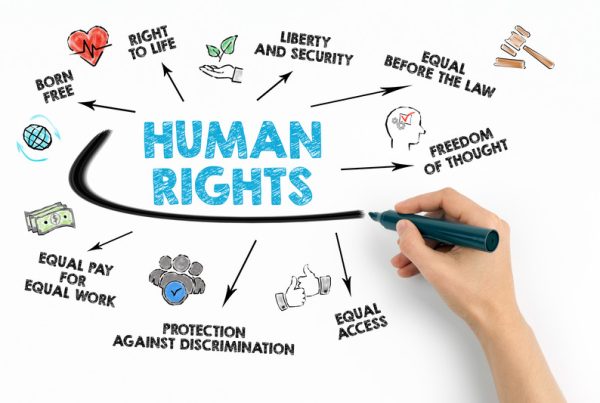In recent times, concerns about the potential collapse of the US dollar have been circulating. This article aims to explore the factors that could contribute to such a scenario and the potential consequences that might ensue. While the possibility of a US dollar collapse is a complex subject, this discussion will break down the key elements in a more straightforward manner.
Causes of a US Dollar Collapse
- Economic Imbalances: One significant factor contributing to a potential US dollar collapse is economic imbalances. Persistent trade deficits and growing national debt can undermine the strength of the dollar, leading to a loss of confidence in the currency.
- Inflationary Pressures: Another crucial aspect is the impact of inflation. If the inflation rate rises rapidly, it erodes the purchasing power of the dollar. This, in turn, can lead to a decline in international trust, further exacerbating the risk of a collapse.
- Geopolitical Tensions: Geopolitical uncertainties play a vital role in currency stability. Heightened tensions, trade disputes, or political instability can lead to a loss of confidence in the US dollar. Investors may seek safer alternatives, contributing to a potential collapse.
- Federal Reserve Policies: The policies implemented by the Federal Reserve also have a substantial influence. Excessive money printing and low-interest rates may lead to hyperinflation, negatively impacting the dollar’s value and fostering an environment conducive to a collapse.
Consequences of a US Dollar Collapse
- Global Economic Impact: A collapse of the US dollar would send shockwaves throughout the global economy. As the world’s primary reserve currency, the repercussions would be far-reaching, affecting international trade, investments, and financial stability.
- Soaring Prices: One immediate consequence would be a surge in prices. Imported goods would become more expensive, leading to higher inflation rates domestically. This could result in a reduction in consumer purchasing power and a decline in living standards.
- Financial Market Turmoil: A US dollar collapse would trigger significant turbulence in financial markets. Investors could witness a rush to liquidate dollar-denominated assets, leading to widespread market volatility and potential losses.
- Loss of Confidence in the US Economy: A collapsing dollar could erode global confidence in the overall stability of the US economy. This loss of faith may lead to a reduced willingness among foreign investors to hold US assets, further weakening the economic foundation.
Mitigating the Risks
- Addressing Economic Imbalances: To mitigate the risk of a US dollar collapse, addressing economic imbalances is paramount. Implementing policies that reduce trade deficits and curb the growth of national debt can help stabilize the currency.
- Responsible Monetary Policies: The Federal Reserve must adopt responsible monetary policies. Striking a balance between controlling inflation and ensuring economic growth is essential to maintain the stability of the US dollar.
- Strengthening International Relations: Diplomatic efforts to alleviate geopolitical tensions are crucial. A stable global environment fosters confidence in the US dollar and discourages investors from seeking alternative safe-haven currencies.
- Diversification of Assets: Both individual and institutional investors can reduce their exposure to the risk of a US dollar collapse by diversifying their asset portfolios. Investing in a mix of currencies and commodities can provide a hedge against currency fluctuations.
Summary
While the collapse of the US dollar remains a hypothetical scenario, understanding the potential causes and consequences is crucial for policymakers, economists, and investors alike. By addressing economic imbalances, implementing responsible monetary policies, and fostering international cooperation, the risks associated with a collapsing dollar can be mitigated. It is imperative to adopt measures that ensure the long-term stability of the US dollar, safeguarding not only the American economy but also the interconnected global financial system.










